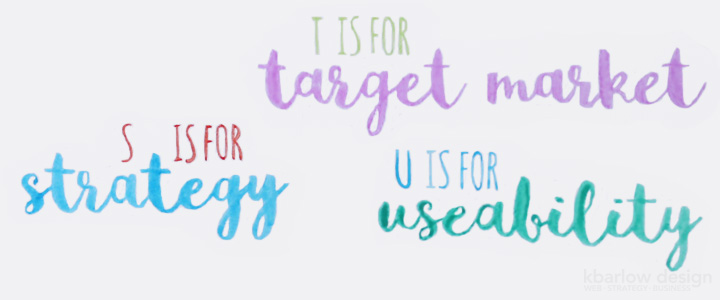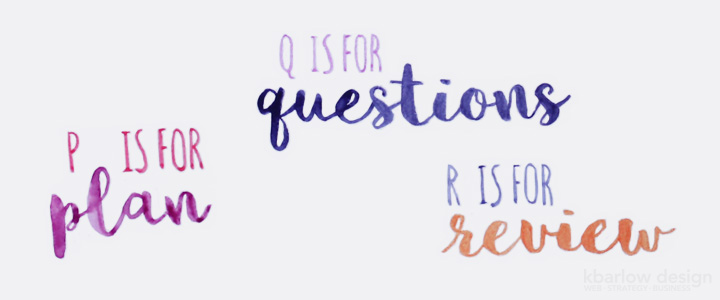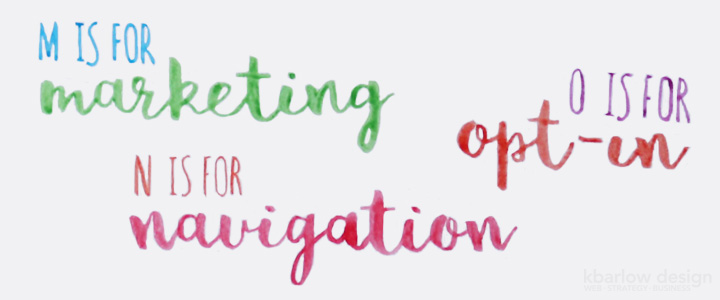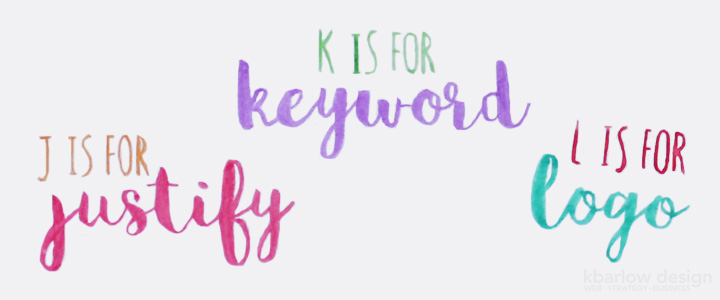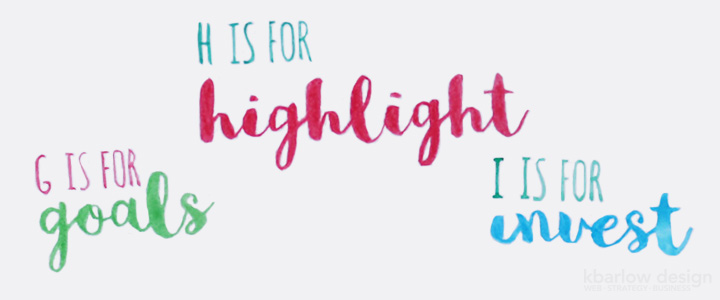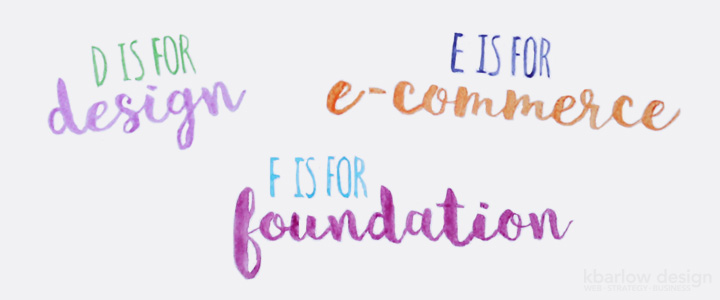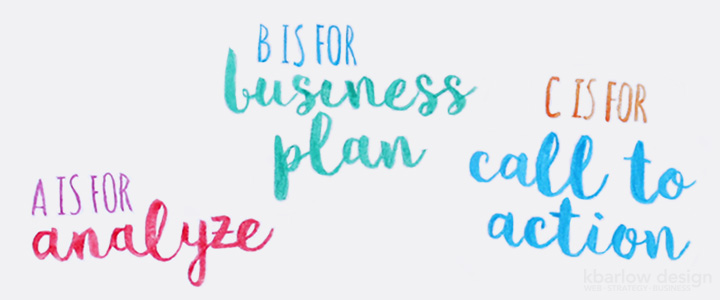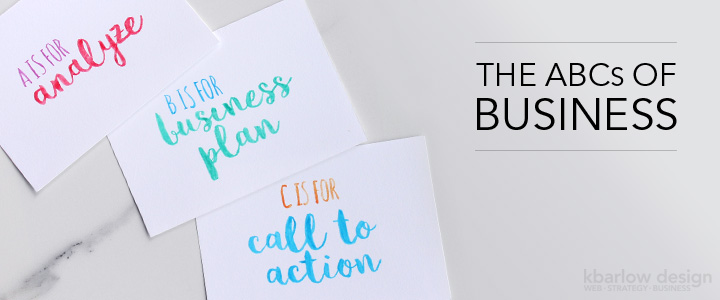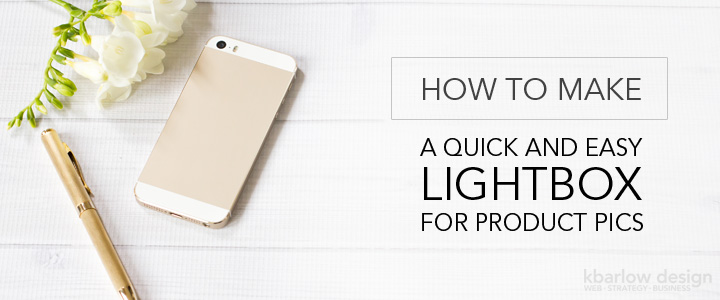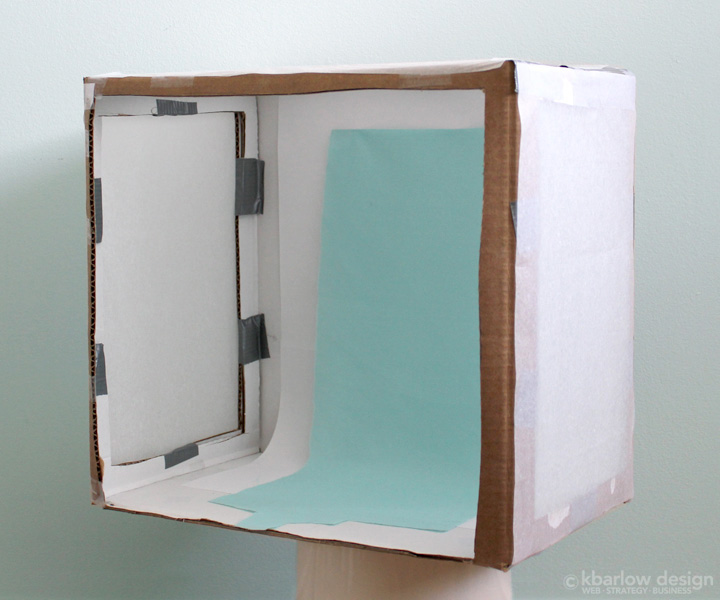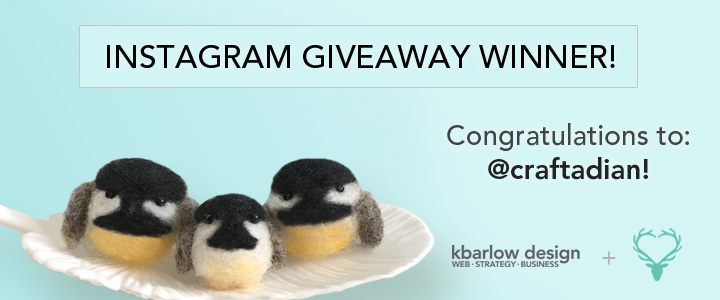G is for Goals:
Setting goals can be daunting, but goals play such a key role in so many parts of your business – and can keep you on track for easier marketing!
First, let’s start with the obvious one: your financial goal for the year. Create a feasible (base it on your business’ history & target market research!), but also slightly ambitious goal to help you to push yourself. This one goal is going to drive a lot of smaller ones, as it works its way down through your business’ nitty gritty.
Step two: you’ve got your sales goal for the year, now break it down even further, how many products/services do you need to sell to reach that goal? (This can be tricky if you sell a variety of things, so base if off your ideal – but realistic -scenario.) Divide it by twelve, how many a month is that? Is that possible for you to accomplish without going over your maximum capacity for the month? If so, move on down to step three. If not – we need to sort out a few things so you’re not going to burn out trying to keep up with an impossible goal!
Step three: Which of your products are your best sellers? Which products and services make you the most happy to sell? Which ones do you want to focus your marketing on for this quarter, half year, or even for the full year? Remember if you’ve got a bigger number of products or services, that giving equal focus and weight to each of them means none will stand out. For example, if you sell handmade jewellery, but you also offer workshops, and the workshops are where you make the most money, and it’s your favourite part of your business – focus less on selling the individual products, and more on getting people into your workshops! You can mix it up if there are other things you’d like to sell too, but give yourself a solid couple of months promoting a one or two things to really get your message out there before moving on.
Note: Don’t forget your website! Make sure your website is always updated to reflect what your top/ideal sellers are! If you need some insight into the best way to organize your website for maximum impact for selling, shoot us an email and we’ll chat about what you can do!
Step four: Breaking down marketing into its own set of goals! (Flow chart, anyone? I know, it’s getting detailed!) There are so many streams available online alone, from e-commerce shops to social media channels – so how are you going to decide where to put your effort? Look at what you’re focused on selling, and go where those customers are. Let’s keep going with the example of jewellery workshops. Since jewellery is such a visual medium, Instagram is a great choice for marketing. You can post your own finished pieces, but beyond that, also show in progress pieces, behind the scenes work, short clips of what people can expect during your workshops. Find where your audience is, and show them what you have to offer, but don’t put all your marketing efforts into just one channel. Use the research you did for your business plan to know where your clients are.
Reaching goals feels great, but remember to celebrate the small goals you’ve reached so you don’t get too focused on just the biggest one.
H is for Highlight:
Highlighting your education, skills, awards, and other special qualities you bring to the table is a big part of establishing authority in your field, and credibility with potential clients.
Don’t forget to highlight these things on your website, through your marketing, and other places people might scope you out, such as LinkedIn.
I is for Invest:
Time to talk time and money. I hope by now it’s clear that your business plan, website, and marketing aren’t things that you should be able to do in a day. It takes time and effort, and usually an outside point of view to help you get out of your own head, and to suggest things you might not have even thought to consider.
Since the process is such an investment in time, money and mental space, you want to make sure that you pick the right person to work with. You find them easy to talk to, good with communication, and they should be genuinely excited for your project. If you’re going to take the time to do it, you might as well do it right the first time – use true professionals. People that have education and experience, references, and a solid portfolio of work. Referrals are a great way to check out people that might be able to help you with your business. My main source of clients are from word-of-mouth, and it’s something I’m very proud of.
Your online credibility is a big factor in what people look at before they decide to buy from you – to make sure they can trust your company to deliver what you’re offering. You want to have a clear message for your ideal client, and you want that message to show that you’re willing to invest in your own company so they trust you’ll provide a quality product/service to them too.
Want to learn more about working together? Shoot me a message and we can chat about what you need your clients to see in your business!


